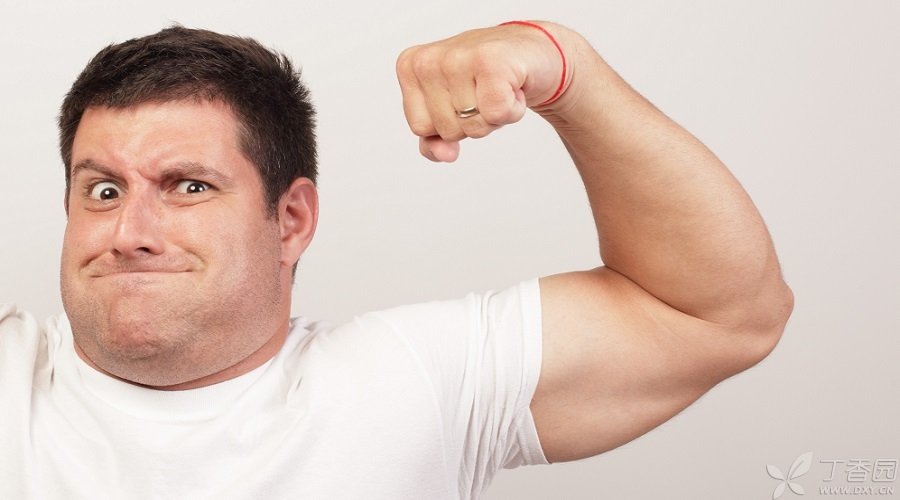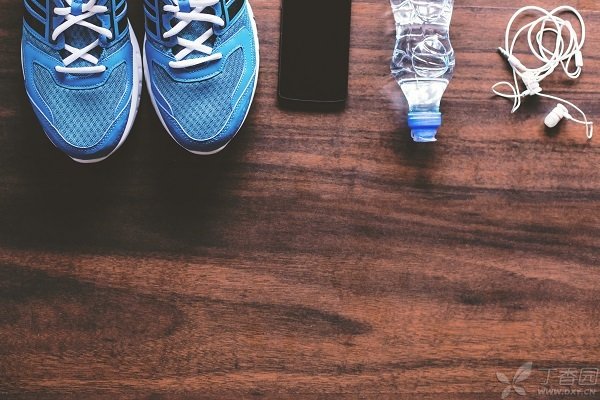
For obese people with cardiovascular diseases, type 2 diabetes, metabolic syndrome and BMI > 30 kg/m 2, purposeful weight loss should be carried out.
The study of this population found that the benefits of losing weight obviously outweigh the disadvantages.
For the elderly, the way to lose weight may be different from that of the young and should be more personalized.
Weight loss goal: increase muscle content, improve basal metabolic rate, reduce body fat rate, and improve overall activity and quality of life.
The way to lose weight should be based on the current medical history and medication information, and an individualized plan should be formulated, starting from three aspects: exercise, diet and medication.
I. Regular Movement
1. Weight-bearing muscle strength exercise
It is recommended that the elderly carry out combined exercises that include weight-bearing muscle strength training.
Weight-bearing muscle strength training is the best exercise method to avoid muscle reduction and maintain bone mineral density. Therefore, obese elderly people who want to lose too much visceral fat and maintain muscle content are the preferred exercise method.
- Weight-bearing exercise is to expand muscles and train by repeatedly and quickly lifting heavy objects. Muscle strength exercise is to make muscles harder and train by lifting heavy objects repeatedly, slowly and in a controlled way.
Both exercises can increase muscle strength and need to be practiced together.
At first, it is suggested that after going to the hospital for systematic evaluation, it should be carried out under the guidance of doctors or therapists to avoid sports injuries.
The heavy objects here can use some sports equipment, or sandbags, dumbbells, elastic belts, etc. at home to start setting a load of about 1-2 kg. According to the body reaction, the load will be gradually increased, and the upper and lower limbs and key core muscle groups will be practiced in 8-10 groups per day, each group will repeat 10-15 times, each time for 20 minutes, and 2 hours per week.
2. Other sports
Other exercise methods can be selected: medium and low intensity aerobic training, flexibility training, balance training, combined with weight-bearing muscle strength training, can enhance weight loss effect.
(1) Medium and low intensity aerobic training:
Walking is an aerobic exercise suitable for the elderly, which is conducive to keeping the heart, lungs and blood vessels in good condition and enhancing bone density and lower limb muscle strength.
Walk for 30 minutes to 1 hour every day. The best speed is to take a little deep breath and sweat slightly. You can also use a pedometer to record the number of steps per day during daily activities. You should accumulate up to 10,000 steps per day.
Elderly people with arthritis can choose sports without pressure on hip and knee joints, such as swimming or walking in the swimming pool for 30 minutes a day, which is also a good aerobic training method.
(2) Flexibility training:
It can improve the movement range, flexibility and accuracy of joints and ligaments of the elderly, improve the compression resistance and torsion resistance of bones, and is especially suitable for the elderly with fall risk.
The flexibility of the body can be judged by simple methods: stand up straight with your legs together, bend over, touch the ground with your palm, and be careful not to bend your knees:
- If the whole palm can completely contact the ground, it shows excellent flexibility. If the fingers can touch the ground, the flexibility is very good. If your fingers can touch your instep, it means you are flexible. Otherwise, the flexibility is poor and you need exercise.
You can do various calisthenics and Taijiquan including drafting, bending and rotating exercises.
Attention should be paid to the fact that the exercise should be carried out slowly and step by step. The muscle ligament pulled by the exercise should be slightly uncomfortable. It is not necessary to cause pain in a hurry to prevent muscle ligament strain and joint injury. It is recommended to do flexibility exercises for 15 minutes every day.
(3) Balance training:
It can enhance the elderly’s control over the body and reduce the occurrence of falls, hip, wrist and waist injuries.
For example, leg lifting exercise, one-leg standing exercise, four-point support exercise at hand and knee position, eye closing standing exercise, etc. Note:
- Practice should be from easy to difficult. First, practice with your eyes open and gradually transition to practice with your eyes closed. Gradually increase the shift and swing of the center of gravity, the amplitude should be from small to large, the speed should not be too fast; When exercising at home, someone should protect you nearby. Keep away from hard objects such as furniture to prevent you from losing your balance and being injured.
Elderly people with balance disorders due to injuries should exercise under the guidance of professionals. It is recommended to do balance exercises for 15 minutes every day.

Second, high protein diet
Studies have found that a high-protein diet is more suitable for the elderly with muscular deficiency obesity than a normal protein diet.
High protein diet can produce greater fat consumption, especially visceral fat, optimize muscle protein synthesis, prevent muscle weakness from falling down, increase satiety, achieve the goals of controlling appetite, losing weight, reducing the harm of chronic metabolic diseases, and provide a large amount of necessary nutrients.
It is recommended that 1.2 ~ 1.6 g protein/kg/day, i.e. The elderly with a weight of 60 kg, eat 72 ~ 96 g protein per day, and the protein consumption should account for 25% ~ 30% of the total daily diet.
Lean poultry, fish and 300 mL of low-fat milk per day are all good choices. For the elderly with chewing difficulties, beans and eggs can be selected instead of lean meat.
In the distribution method of three meals, attention should be paid to:
- Sufficient protein (not less than 35 g) should be taken in breakfast to increase satiety throughout the day. Eating breakfast can reduce the demand for unhealthy snacks at night. If you don’t eat breakfast, you will obviously gain weight, so the elderly must pay attention to breakfast. If lunch can supplement enough protein (> 48 g), it can produce stronger muscle synthesis effect.
In addition, for postmenopausal women and the elderly, 1 000 mg calcium daily (including dietary calcium) and 400 ~ 800 IU vitamin D are basic supplements to maintain bone health.
Three, timely adjustment of drugs
Losing weight may involve drug adjustment, so it is suggested that comprehensive medical history and medication information must be provided to doctors.
The following are drugs that can cause weight gain. If you plan to lose weight, ask your doctor if you can replace them with other drugs:
- Antiepileptic drugs: gabapentin antipsychotic drugs: olanzapine antidepressant drugs: tricyclic antidepressant hypoglycemic drugs: sulfonylureas, thiazolidinedione receptor blockers steroid hormones
Summary
With the improvement of economic level, obesity is on the rise. Older people have special body fat distribution characteristics-muscular obesity, and the weight loss methods of young and middle-aged people are not suitable for them.
Although there is still a lack of clear definition and treatment guidelines for obesity in this group of people up to now, it is beyond doubt that promoting a healthy lifestyle and exercising safely within one’s own reach will improve the overall mobility and quality of life.
